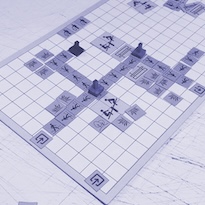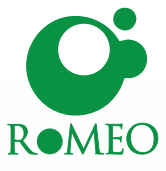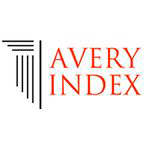Playful methods for inclusive cities
Games as an adaptation to the time frames of participatory urbanism
Abstract
Public space initiatives in growing intermediate cities are facing increasing challenges in the contemporary urban landscape, primarily due to emerging issues like migration and the establishment of camps.These challenges frequently end up in longer planning and execution timeframes for standard initiatives, increasing the significance of ephemeral interventions, which are distinguished by their rapid execution and low cost. Local urbanism practice has established that these initiatives can also serve as community-driven experiments that precede long-term urban programs. Recognizing that traditional community assembly methodologies are currently facing a crisis in terms of both representativeness and functionality in the context of participatory urbanism, an alternative ludic approach is proposed within the framework of the ‘Urbanism’ course at ‘University 1’[1]. This exercise aims to approach an urban project in an playful manner, with several student groups suggesting games to participatively build an architectural program for a tactical urbanism project.
As each community has its temporality, which translates into daily routines and rhythms, the challenge of exercise is also posed as a way of fitting in with the times of each place: a brief, synthetic group dynamic that is capable of adjusting to the routine of each human group. Given the regional urban practice in “Program X’, there is a clear need for methodological innovation to include new participants and, consequently, to achieve more representative outcomes, considering the playful approach as a viable strategie to accomplish these objectives.
Key Words: tactical urbanism, placemaking, participatory urbanism
[1] For concerns of anonymity, the precise names of the university, program, and city have been withheld.
Downloads

Downloads
Published
How to Cite
Issue
Section
License
Copyright (c) 2023 Hans Intveen

This work is licensed under a Creative Commons Attribution 4.0 International License.
The authors keep their rights upon their work, although they transfer, in a non-exclusive way, the rights of exploitation (reproduction, publication, distribution, public dissemination and presentation) to the Journal. The authors are, therefore, free to enter additional, separate contracts for the non-exclusive distribution of the version of the work published in the Journal (for instance, by hosting in an institutional repository or publication in a book), provided credit is given that the work was initially published in this journal. The works are published under a Creative Commons Attribution 4.0 (CC BY 4.0) license.











